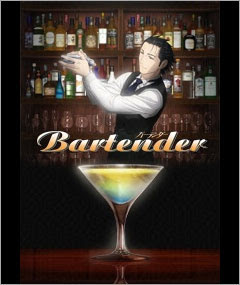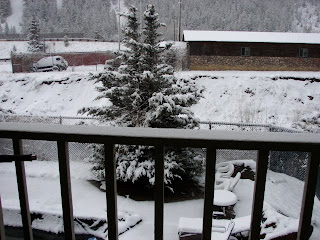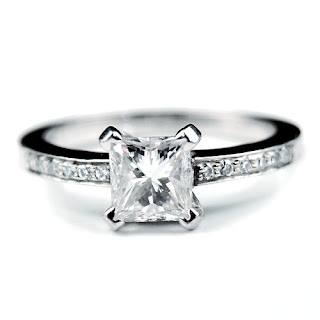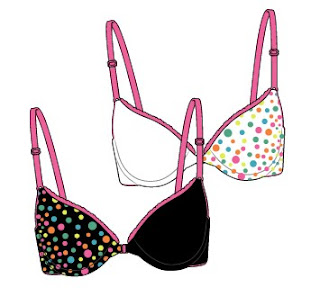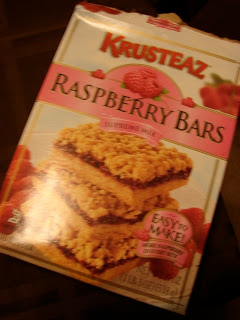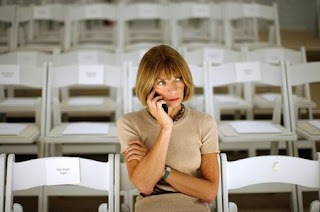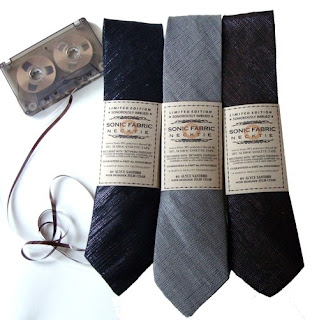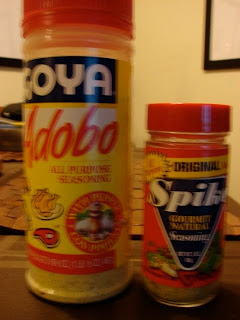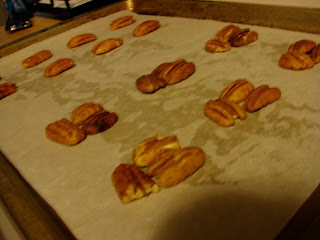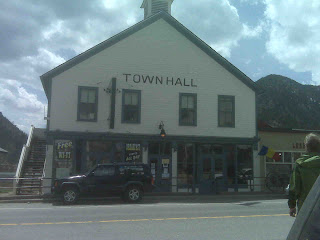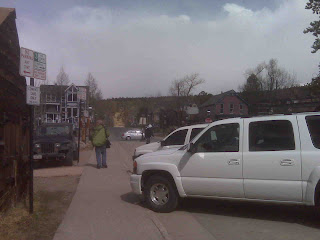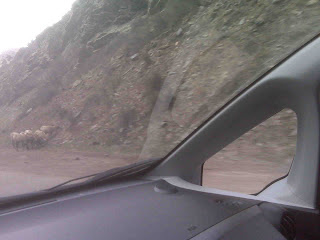I have had the pleasure of meeting, spending a few nights in the studio and even an amazing dinner with this legend of the music industry and there was
no one nicer than him in New York. Since Walter's studio, Sear Sound, is strictly analog Pete worked there quite a few times. After the clients would leave Walter would always sit us down, get a bottle of wine and we'd have the most amazing discussions about all the details of analog recording. Now I know to most people this doesn't sound like an enjoyable evening but when you are listing to someone as knowledgeable and articulate as he was, you never want him to stop talking. A half hour before Pete told me I was looking through the studio pictures and he was the only person I was missing. I thought to myself the next time we're in NY we have to stop by and see him. He will be dearly missed.
For those of you who have never heard of this amazing man I suggest reading his
"Wiki". He had the most amazing stories because he lived such an extraordinary life. He was an amazing story teller, totally upfront and never held back his opinion. I found an
"article" that he did and I think it conveys his personality perfectly.
Walter Sear's Analog Rules By Steve Guttenberg • March, 2005
The first thing you notice about Walter Sear's
"legendary Manhattan studio" is that it feels so darn comfortable. Sear Sound doesn't have a wall of gold records, gleaming million-dollar consoles, or the latest high-resolution digital workstations, but a quick stroll around the three studios reveals a treasure trove of tube and analog professional gear: a pair of
Sgt. Pepper–era Studer recorders plucked from EMI's Abbey Road studios; an early Modular Moog synthesizer Sear built with Bob Moog; and a collection of 250 new and classic microphones.
Sear Sound's clientele runs the gamut, from Paul McCartney to Wilco, Patti Smith, Phish, David Bowie, Steely Dan, Wynton Marsalis, and Norah Jones. Starting out as a tuba player, Sear also designed and manufactured tubas, which led to stops along the way as producer, engineer, filmmaker, composer, arranger, and technician—but I tried to focus on his current domain, Sear Sound. The studio's motto reflects its founder's disarmingly frank outlook: "The recorded sound sucks—we're trying to make it better."
Steve Guttenberg: Walter, you started out as a tuba player and now you're a big-shot studio owner—what a long, strange trip it's been.
Walter Sear: I was brought up to expect things to fail or change, so I'm always developing backstops, many of which became primary sources of income. I originally fell into the studio business because I needed a showroom to sell Moog synthesizers, and while I was doing that I was arranging music for commercials and films. Bob Fine [of Mercury Records] mentored me a little bit, and I built my first studio with Russ Hamm in 1970.
Guttenberg: When did you first meet Robert Moog?
Sear: Doctor Moog. We started floating in and out of each other's lives in the late '50s—I was building my first Theremin, and he sold me some transformers.
Guttenberg: It seems that the creative potential of the Doctor's invention was never utilized.
Sear: No, it was used to eliminate musicians and save money. I sold synths to music-production houses that I had worked for as a musician. The trouble with the instrument was that you really had to invest a year or two learning what it could do. But it had a marvelous quality that no other instrument, before or since, has had—you could tune the harmonics above the fundamental to non–whole-number ratios. You could make sounds no one ever heard before—that was the purpose of the instrument. In the early '70s I scored a bunch of films, including
Blue Water,
White Death, and
Let's Scare Jessica to Death, on a Moog.
Guttenberg: You also played on the
Midnight Cowboy soundtrack.
Sear: That's a sad story. John Barry came around to hear what I could do on the Moog, so I played a few things. He was so impressed he asked to use my phone, called the studio where he was working on the score, and sent the musicians home. It was the beginning of the end.
Guttenberg: So you were part of the problem...
Sear: The producers didn't understand the capabilities of the instrument—and they still don't. It takes imagination to think of a sound no one has ever heard before. The Moog could have been a contender, but I didn't sell what it could do hard enough. Then again, it all started in the 13th century, with the invention of the hurdy-gurdy, the first instrument designed to eliminate musicians.
Guttenberg: And you did some pop stuff too?
Sear: I played the bass line on Simon & Garfunkel's tune "Save the Life of My Child"—it does a glissando and a crescendo at the same time. Listen to it, and you'll see no acoustic instrument can do that. Okay, maybe I could have faked it on tuba if I'd worked hard enough.
Guttenberg: Why does it seem as if most of the "advances" in recording technology have had a negative effect on musical values?
Sear: The level of pop musicianship has gone down—they can't play anymore. That's why multitrack was invented, which in some ways further destroyed music.
Guttenberg: How's that?
Sear: People wanted perfect recordings. Listen, I earned my living as a professional musician for 45 years in New York, and I occasionally cracked a note, and busted a number of good ones in my career. But the musicality was there. Somewhere along the way, the audiences wanted live performances to sound like recordings. So I learned not to try to hit those triple-forte notes anymore, I played it safe, and the music suffered for it. Same thing applied to recording sessions—the producer wouldn't hire you again unless you played it safe. With multitrack you can record one instrument at a time, and you just keep punching in until you make it perfect. But after 28 takes, what have you got? And now, with digital editing systems, you can pitch-correct an out-of-tune vocal, but that always diminishes the performance. Lose that, and you've lost the music.
Guttenberg: Why did the musicians go along with this?
Sear: Starting around 1980, it started slipping away; we forgot what it's all about. The engineers had all of these new knobs and toys, so they were distracted. Either through ignorance or necessity, recording has become a separate art, no longer related to music. We further lost it when CDs came in 20 years ago and the audience stopped listening.
Guttenberg: Tell it, Brother Sear!
Sear: There's a big commercial juggernaut plowing through the industry—and killing it. The traditions should be passed down through the culture, but since they're no longer economically viable, we're losing them. I've been screaming about this stuff for years.
Guttenberg: It wasn't always this way.
Sear: When I came into the industry, we did an album's worth of music in three to six hours—the musicians played, we recorded the music, and it sounded great.
Guttenberg: You recorded entire albums, without a digital workstation, in a few hours—imagine that! Can your engineers balance the levels of the instruments and vocals without compressors?
Sear: I teach my guys, "Keep your fingers on the faders and your eyes on the meters. You should know when the singer is going to run out of air at the end of the phrase; you'll push the fader up to compensate. When the drummer's hitting the cymbals a little too hard, you nudge the fader down." Fact is, I can be a much better "compressor" than a piece of equipment.
Guttenberg: Norah Jones did both of her records here, and her engineers never ran her voice through a compressor?
Sear: Not that I know of—it didn't require it. Listen, those were very quick sessions, and her producer, Arif Mardin, he is of my generation, so he doesn't piss money away. Funny, Norah never sent me a CD of that first recording, but when she came back to record her second record she gave me a 200gm LP of the first record. I took it home and listened to it four times! It's magnificent!
Guttenberg: So there are hopeful signs.
Sear: Can we get back on track? I don't know. But at least I can say my studio is eminently successful, so it seems like there are enough people out there who can hear a difference and care about good sound. Look at our client list. We just did Wilco's new record,
A Ghost Is Born, here—they initially booked the studio for three weeks and stayed three months.
Guttenberg: I can see why. It's so comfortable in here.
Sear: That's because I know the feel is critical, and it's 99% of getting good performances. They play better when they feel good. Sure, the other studios have $900,000 consoles and the most up-to-date editing software, but I don't have any of that because I only buy decent-sounding stuff. The big studios forgot the point of it all—the sound. They're intrigued with new technology, which, let's face it, has mostly to do with fixing bad performances. But if it's not happening on the other side of the glass, if the spark isn't there, technology can't save you. It will never be right. If you can't play, you shouldn't be in a recording studio.
Guttenberg: What can you provide to help get the best possible performances from the musicians?
Sear: Food. You want to keep that blood sugar up, so we always make sure there's something to munch on. It's essential. We do everything we can to avoid technical delays—they're deadly, and kill inspiration. And I have competent personnel—you pay peanuts, you get monkeys. The studio should pay its employees a decent wage. Always have a smile. And the boss—that's me—meets them at the door when they arrive, and the boss says "Good night" when they leave at 2am. They know I'm here to make sure they get what they need.
Guttenberg: Of all the different microphone types, your favorites are all omnidirectionals.
Sear: Oh yes, if you're not worried about leakage and you're not going to replace tracks, omnis are the way to go. The natural pattern of any capacitive microphone is omni; the way you get it directional is by putting a DC charge on the backplate, but then it's not as linear. That's why most mikes sound better in omni. We live in a world of reflections and echoes, and if they aren't there, the recording doesn't sound real.
Guttenberg: A lot of engineers are spending fortunes on old Neumann mikes.
Sear: Because the musicality is there—and sure, the damn thing's frequency response looks like the Swiss Alps, but who cares? Just remember, it was designed to record orchestras from 12' up, and 12' back from the proscenium arch. But now they're shoving the same microphone against the singer's tonsils and expect it to sound good. I usually put a dummy mike right up to the singer, and the live mike back 3' or 4'.
Guttenberg: Sear Sound is an all-analog enclave?
Sear: Yes, but I don't tell the client what to do. They can bring in any equipment they want, and I never interfere artistically. It's not what I'm here for. What can I say? We're always booked, and we have clients coming back for the fourth or fifth time.
Guttenberg: Like Lou Reed?
Sear: He's a real professional, but he can be a little quick-tempered at times. I'll tell you, he doesn't come here to experiment—he knows what he wants, and gets the job done. He's serious, like the Beatles' bass player.
Guttenberg: Sir Paul...
Sear: He does his job, boom boom boom, and goes home. It's the way a professional works. Of course, I also see a lot of producers who don't know much about recording or music, but I shouldn't complain—the longer they stay, the more money I make.
Guttenberg: Any other big stars you care to mention?
Sear: The guy from New Jersey, what's-his-name...his wife, Patti Scialfa, did her first record here.
Guttenberg: Springsteen's wife?
Sear: Yeah, but he mostly napped on the couch.
Guttenberg: Which reminds me—is there any hope for digital?
Sear: SACD sounds pretty good, but the decisions about the future of the format are being made on the corporate level, and those guys are even less competent than the underlings who make records. Now that we have blue lasers, I'm hopeful digital will get a lot better.
Guttenberg: I suppose you're not a huge supporter of surround sound.
Sear: Under ideal conditions, maybe. It's a shame that the industry puts so much energy into subverting musical values. Surround is mostly used as a distraction, but if you record great music you'll appeal to the heart and soul of people. If you get chills and the hair on the back of your neck stands up, you're there.
Guttenberg: What are you working on now?
Sear: I'm going to start my own, vinyl-only label, and I'd like to start with Mozart quintets. We'll do a day of rehearsing, followed by a six-hour session, and that's it. I'll repeat the performances on the flip side of the record, recorded with different equipment. Side 1 gets a pair of AKG microphones into my Ampex 300 tube recorder, the other side will feature a pair of Neumanns into my tube Studer—and that's it. No edits, no consoles, only complete, honest performances of each movement. That's my master plan, but all of my friends think I'm nuts.
Guttenberg: Why not record direct to disc?
Sear: Too expensive, and the master should be plated within 12 hours of the session. And it's not realistic to expect the instruments to stay in tune through four movements. Direct to disc is too difficult.
Guttenberg: So why not also release CDs and make a little money?
Sear: Never! I don't want to make money, I just want to make good recordings. I'm doing this because I hope people will realize what they've been missing. I've had a pretty full life—I've played tuba, made a bunch of films, manufactured tubas and guitar amplifiers, sold Moogs. I've been married 52 years and had two kids. I did all of these things because I get bored easily. That's why I'm always on to something new.
When I read the article I can still hear him saying those things. Because he said a lot of the same stuff to us. It's such a great example of how to keep passionate about the things you love. I'll have to check around to see if he ever got to make any of the records for his label. I know that he fell a few months ago and had been in the hospital getting rehab for his hip and wasn't doing the best. But this interview was done in 2005 and I know when we had dinner it was around 2007. I would feel like the luckiest person on earth if I could get my hands on one.
This is a friend of ours, Jack who owns The Maids Room shown in some pictures in the Studio album. I was reading blogs yesterday to see what people were saying and I was surprised to see his name. There isn't one person that has anything bad to say about Walter.
he was very kind to me.
sent people my way.
took me out to dinner a couple
of summers ago
we saw eye to eye about all
things audio.
the engineers he raised and trained
are the best engineers i have ever known or
worked with.
he was an individual who was brave enough to believe in his
own ears and vision and aesthetic.
i hope sear sound continues
- jack
__________________
www.themaidsroom.com
http://www.last.fm/music/Jack+McKeever
